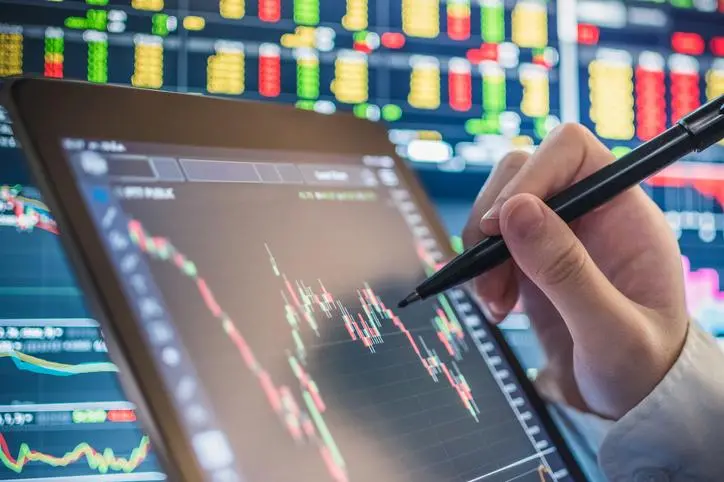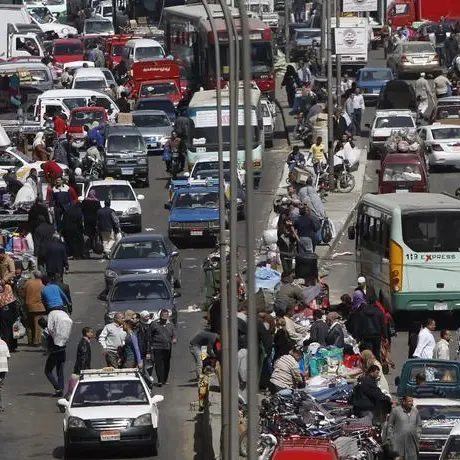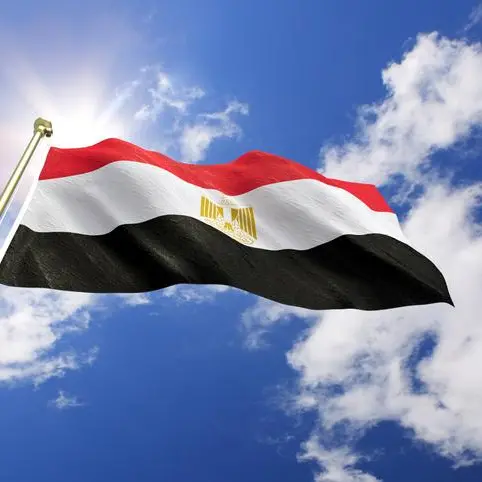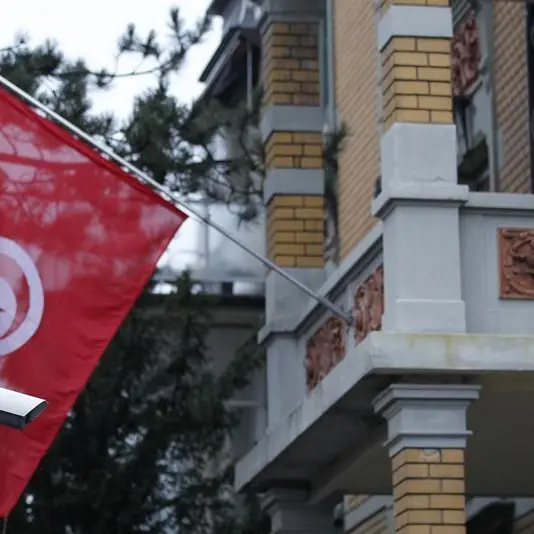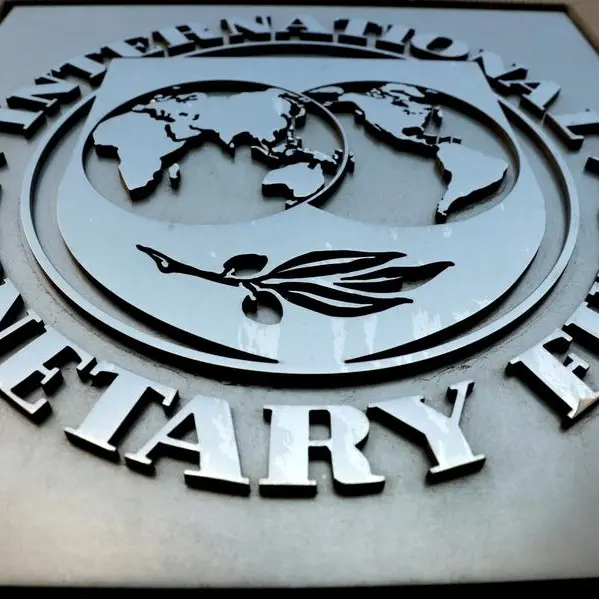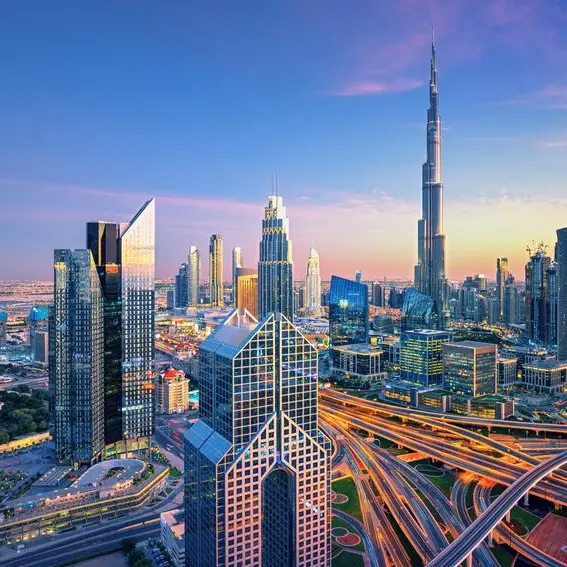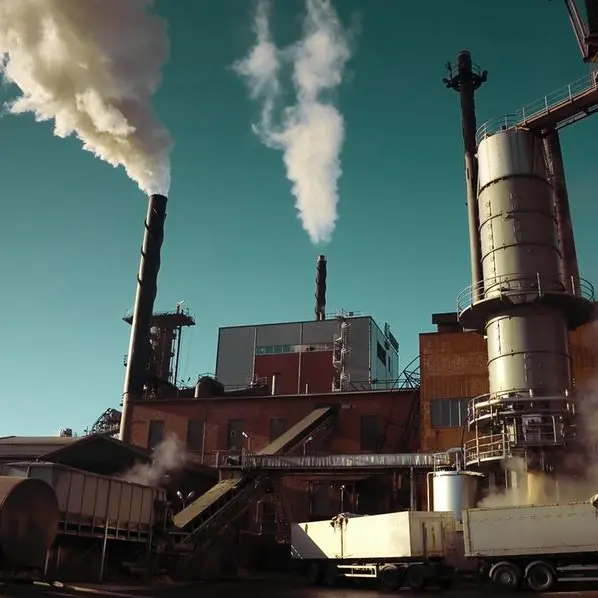PHOTO
Oman's economy is set to recover with overall growth of 2.2 percent in 2021 and 3.3 percent in 2022, as higher natural gas production and progress in vaccination, which will gradually restore domestic activity, International Institute of Finance (IIF) said in a new report.
This is lower than the 2.5 percent growth projected by the International Monetary in September. The economy contracted by 2.8 percent last year, according to IMF.
Oman’s recovery will be supported by progress made in fiscal adjustment and in structural reform implementation, the IIF report added.
“We expect the fiscal deficit to narrow to 2.3 percent of GDP in 2021 and 1.3 percent in 2022, supported by cuts in spending, tax reforms, and higher revenues from oil and natural gas,” said Garbis Iradian, Chief Economist, IIF.
S&P Ratings also recently upgraded Oman’s sovereign debt as the fiscal and current account balances are projected to improve substantially and as progress is being made in reforms.
As Oman’s government spending as a share of GDP was 42 percent in 2021—much higher than most developing and emerging economies—the authorities have scope to scale back spending and raise the efficiency of public investment, IIF said.
Breakeven oil price
Oman’s high breakeven oil price is set to decline, the report noted. “The projected cut in spending, combined with further improvement in nonhydrocarbon revenues and continued increase in natural gas production, will lower the fiscal breakeven oil price from $90 per barrel in 2020 to $74 per barrel in 2021 and $67 per barrel by 2022.”
The government debt will decline from a peak of about 80 percent of GDP in 2020 to 66 percent by 2022 and 51 percent by 2025. However, the debt remains vulnerable to the risks of lower energy prices beyond 2021.
It said that although it projects Oman’s debt service on external debt to amount to $6 billion in 2021 and in 2022, “the financing need will be met easily through new external debt issuance and from domestic debt issuance (including sukuk bonds).”
The income tax introduced earlier in the year and the 5 percent VAT in April 2021, will bolster non-hydrocarbon revenues.
Other reforms include privatization of state assets and enhancement of job opportunities for Omanis by reducing the number of expats and implementing job training programs.
The report noted that Oman’s banking system remains well-capitalized and liquid. However, non-performing loans edged up to 4.5 percent.
(Writing by Brinda Darasha; editing by Daniel Luiz)
Disclaimer: This article is provided for informational purposes only. The content does not provide tax, legal or investment advice or opinion regarding the suitability, value or profitability of any particular security, portfolio or investment strategy. Read our full disclaimer policy here.
© ZAWYA 2021